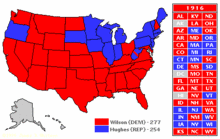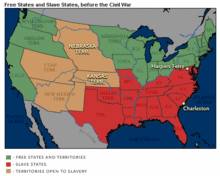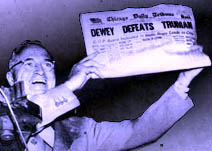The Distribution of States in 2004 closely matches 1896.--
Ralph Luker suggested that the 2004 election looked much like the 1896 election, with the Republican and Democratic states switched. What makes George Bush like William Jennings Bryan? David Beito has these maps:
1896 (from David Beito):
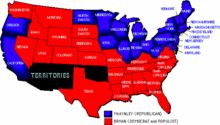
2004 (from David Beito):
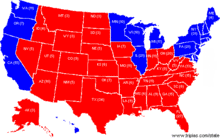
A comment to Beito's post:
1896 (from David Beito):

2004 (from David Beito):

A comment to Beito's post:
[A]lthough the geographic divide remains the same, the parties themselves have traded places and survived the process. Understanding this switch is to me, at least, one of the most important stories in the past 100+ years of American politics.Another comment says that Kentucky should have been assigned to McKinley.
Related Posts (on one page):
- Bill Stuntz writes on the 1896, 1916, & 2004 election pattern.--
- Is Bush a cross between Woodrow Wilson and William Jennings Bryan?--
- The Distribution of States in 2004 closely matches 1896.--
